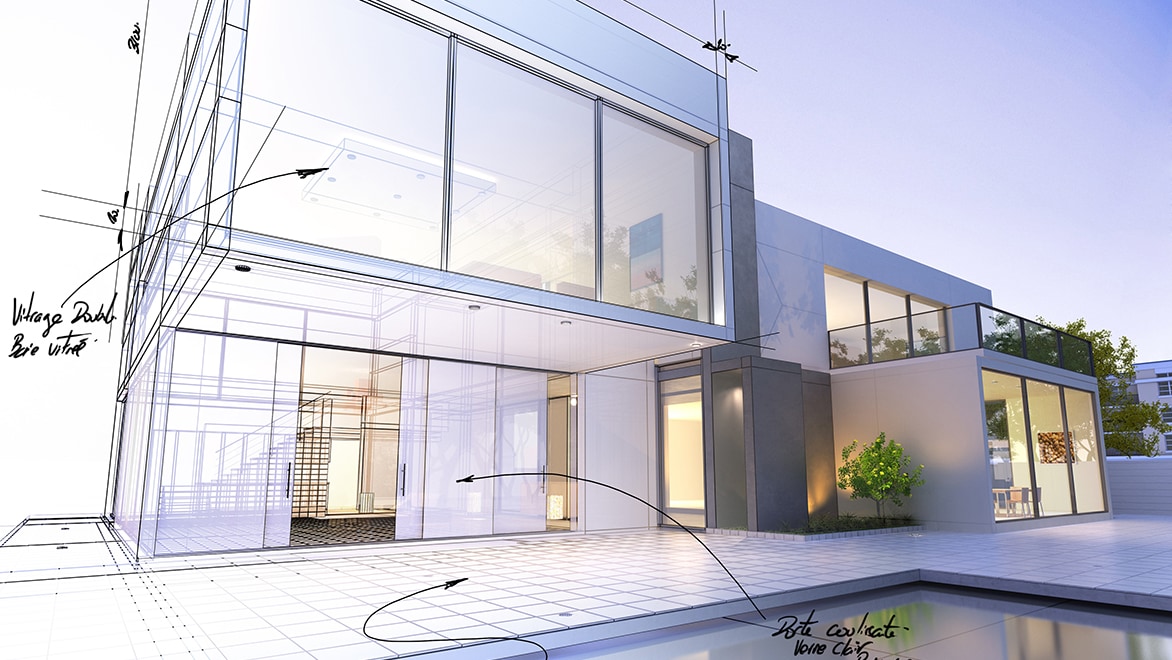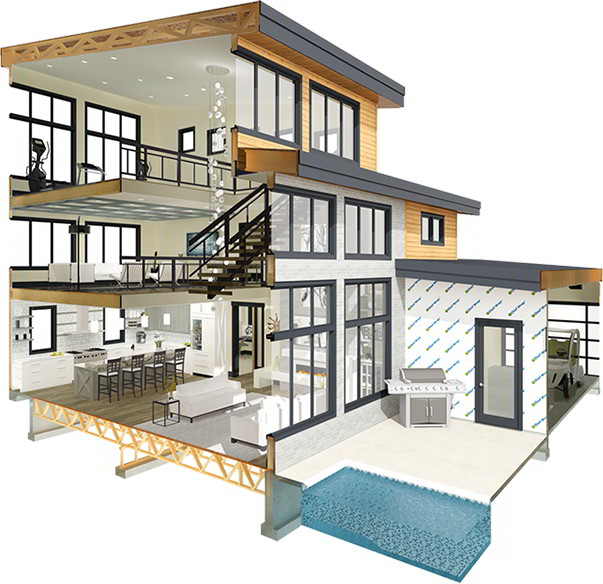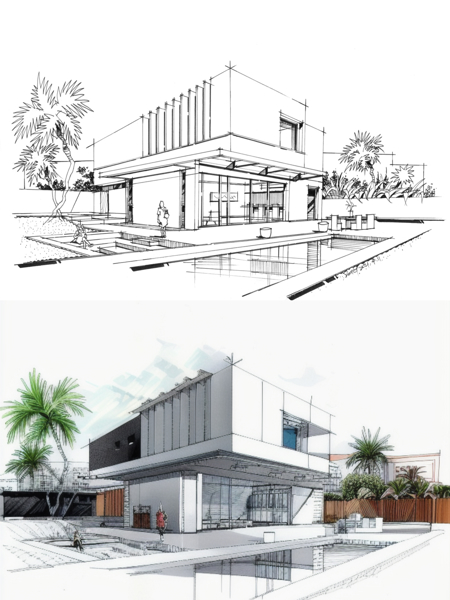Discover Cutting-edge Layouts with Leading CDA Architects for Your Following Project
Discover Cutting-edge Layouts with Leading CDA Architects for Your Following Project
Blog Article
A Thorough Review of Architectural Designs and Their Influence on Modern City Planning and Growth
Building styles have long offered as a mirror to the societal values and technological developments of their time, playing an essential duty in shaping modern city preparation and development. From the majesty of Neoclassicism to the practical strategy of Brutalism, each design has actually presented distinct concepts that influence city visual appeals and functionality.
Historical Introduction of Building Designs

As societies transitioned via the Center Ages, Gothic design emerged, defined by its verticality and detailed outlining, mirroring the spiritual aspirations of the period. The Renaissance noted a revival of classic ideals, combining art and style in cutting-edge methods that influenced succeeding designs across Europe.

Today, architectural styles continue to evolve, driven by globalization and sustainability concerns, showing a dynamic interplay in between heritage and innovation. This historical review highlights the relevance of style as a mirror of societal development and as a catalyst for city development.
Trick Architectural Styles Explained
The diversity of building styles shows the myriad influences that form our constructed environment, each symbolizing distinctive attributes and social significances. Key building styles include Classic, Gothic, Baroque, Modernism, and Postmodernism, each standing for unique historical contexts and aesthetic ideologies.
Classical architecture, rooted in old Greece and Rome, stresses symmetry, percentage, and making use of columns (cda architects). In contrast, Gothic architecture, thriving in the Middle Ages, is identified by sharp arcs, ribbed vaults, and flying buttresses, producing an angelic quality in basilicas. Baroque style, arising in the 17th century, is marked by splendour, elaborate embellishment, and a dynamic interplay of light and darkness
Innovation, which got energy in the very early 20th century, prioritizes feature over type, using brand-new materials like steel and glass to create minimalist frameworks. Postmodernism, responding against the austerity of Innovation, welcomes eclecticism and historical recommendation, frequently including lively aspects and paradox.

Effect On Urban Preparation
In forming the development of cities, building styles considerably affect metropolitan preparation choices. The choice of architectural style often dictates the aesthetics, performance, and general character of urban atmospheres.
Moreover, architectural styles can influence zoning laws and land use policies. Urban organizers need to consider the dominating architectural patterns when creating areas, making certain that brand-new growths balance with existing structures. This factor to consider cultivates cohesive metropolitan landscapes and enhances community identification.
The implementation my review here of specific architectural designs can also influence socioeconomic elements within a city. Premium modern styles might attract upscale locals and organizations, leading to gentrification, while more budget friendly housing options might prioritize sensible and lasting designs to suit varied populaces. cda architects. Ultimately, the interplay in between architectural designs and metropolitan planning creates dynamic cities that show both historical context and contemporary needs, forming the lived experiences of their citizens
Sustainability and Modern Design
Architectural styles play a pivotal duty in dealing with contemporary challenges, particularly in the realm of sustainability. As metropolitan areas expand and ecological problems intensify, modern architecture increasingly embraces lasting design concepts that focus on energy efficiency, source conservation, and marginal environmental impact.
Contemporary building activities, such as biophilic design and environment-friendly design, supporter for structures that balance with their environments, using natural materials and advertising biodiversity. These styles commonly include eco-friendly energy resources, such as photovoltaic panels and wind turbines, to lower reliance on nonrenewable fuel sources and reduced carbon impacts.
In addition, the combination of advanced technologies, such as clever structure systems, enhances power monitoring, enhancing resource use while guaranteeing passenger convenience. Ingenious water management techniques, consisting of rainwater harvesting and greywater recycling, further add to sustainable city environments.
Especially, sustainability extends beyond environmental worries; it encompasses social and financial dimensions also. By cultivating area health and advertising inclusivity, modern building styles line up with lasting development goals. Subsequently, the evolution of building techniques proceeds to shape durable blog here cities that not just meet the needs of the present yet additionally guard the future for generations to find.
Neighborhood Interaction in Style
Community involvement in layout works as an essential bridge between engineers and the populations they offer, guaranteeing that the constructed atmosphere reflects the demands and ambitions of its users. This joint procedure invites neighborhood participants to add their insights and choices, cultivating a sense of ownership and obligation toward the spaces they populate.
Reliable area engagement utilizes numerous techniques, such as workshops, studies, and public discussion forums, to collect varied perspectives. These techniques facilitate a two-way dialogue, enabling designers to understand local contexts while encouraging residents to voice their worries and wishes. This inclusivity not just news enhances the design top quality however likewise advertises social equity by attending to the special challenges faced by marginalized teams.
Furthermore, neighborhood involvement can cause ingenious services that might not emerge in a traditional design process. By incorporating local understanding and cultural worths, designers can develop spaces that resonate even more deeply with customers, enhancing use and sustainability. Ultimately, prioritizing area engagement in style processes causes settings that nurture social communications, assistance well-being, and strengthen area ties, consequently playing a pivotal duty fit contemporary city landscapes.
Final Thought
Architectural styles have greatly affected modern city planning and growth, mirroring developing social and technical contexts. As cities proceed to grow and adjust, the ongoing discussion in between building heritage and contemporary design concepts will remain crucial in developing comprehensive, vivid spaces that enhance quality of life and advertise social equity.
Report this page